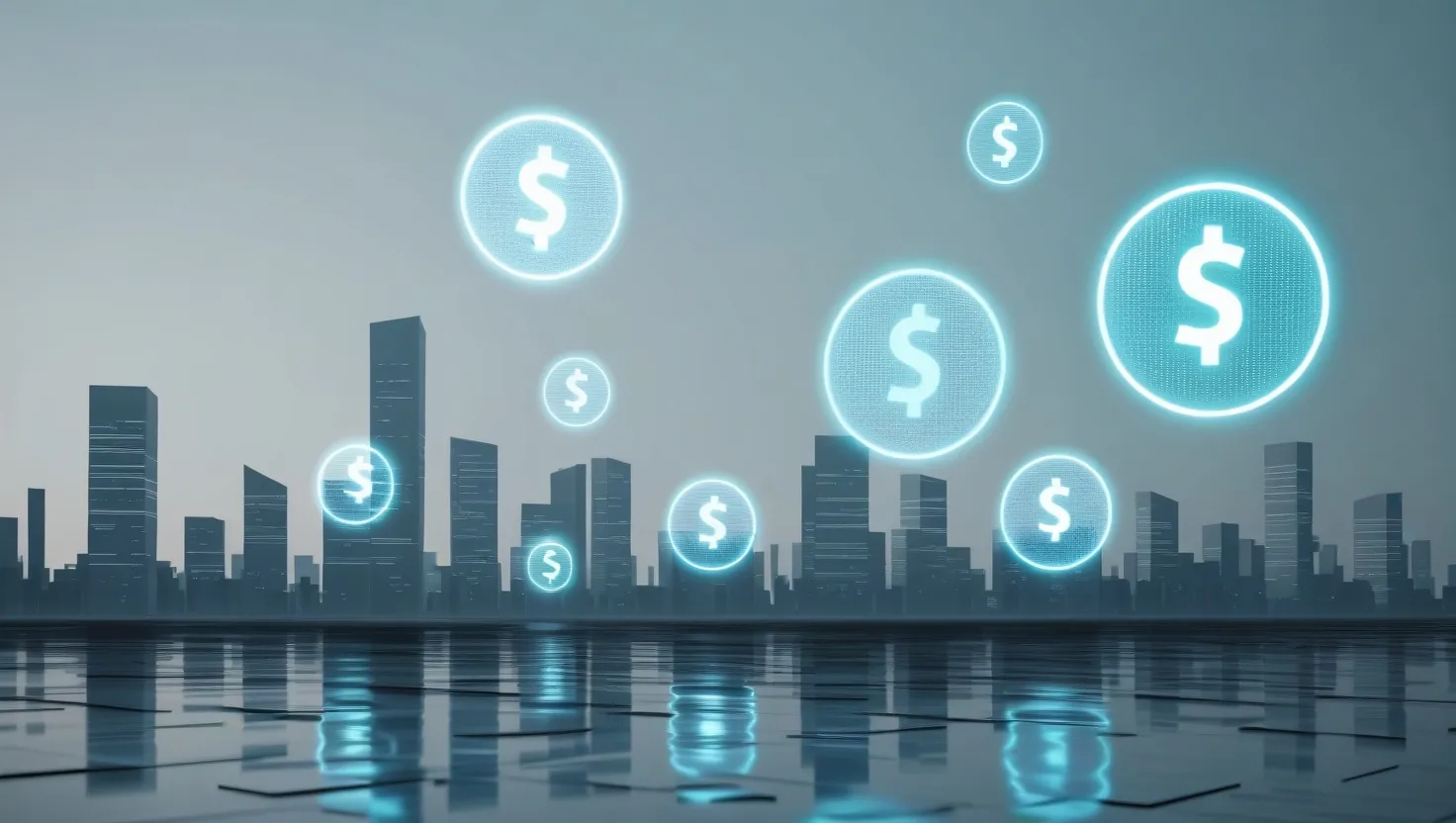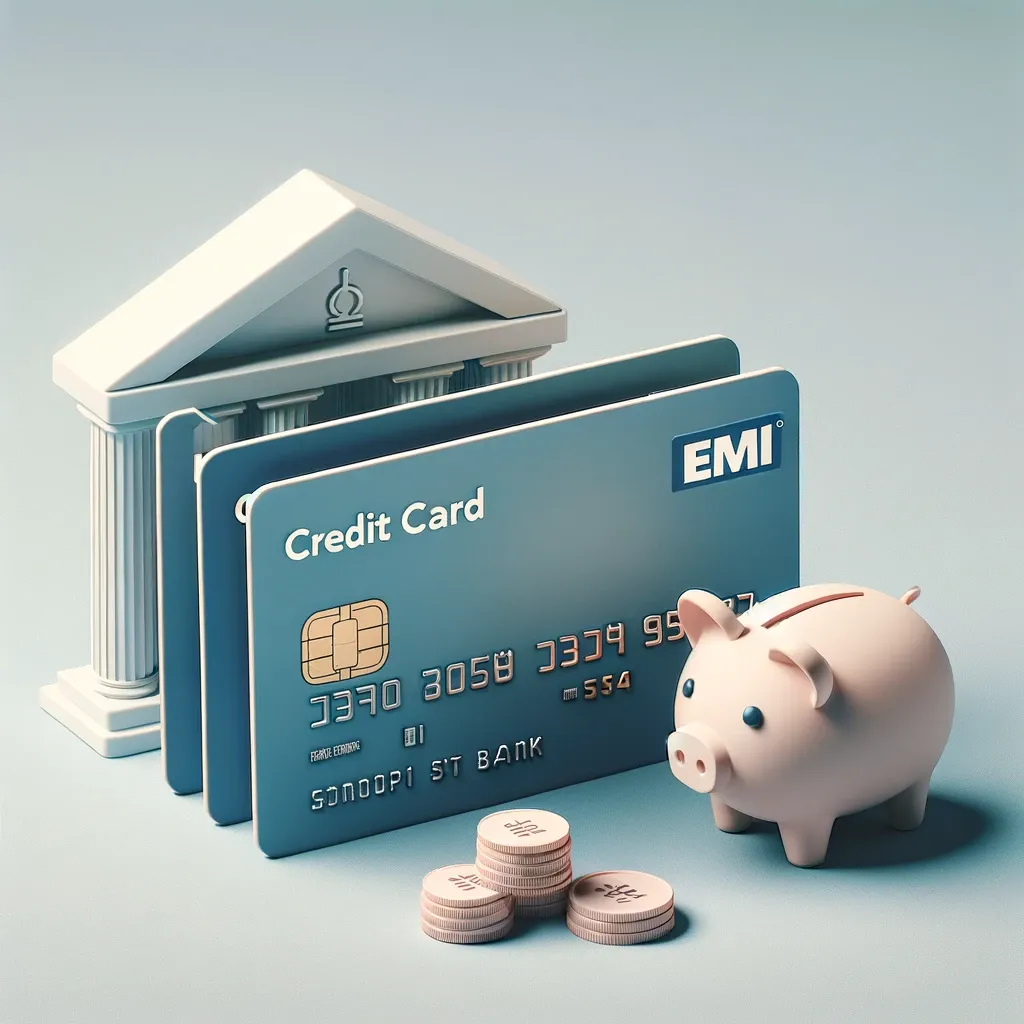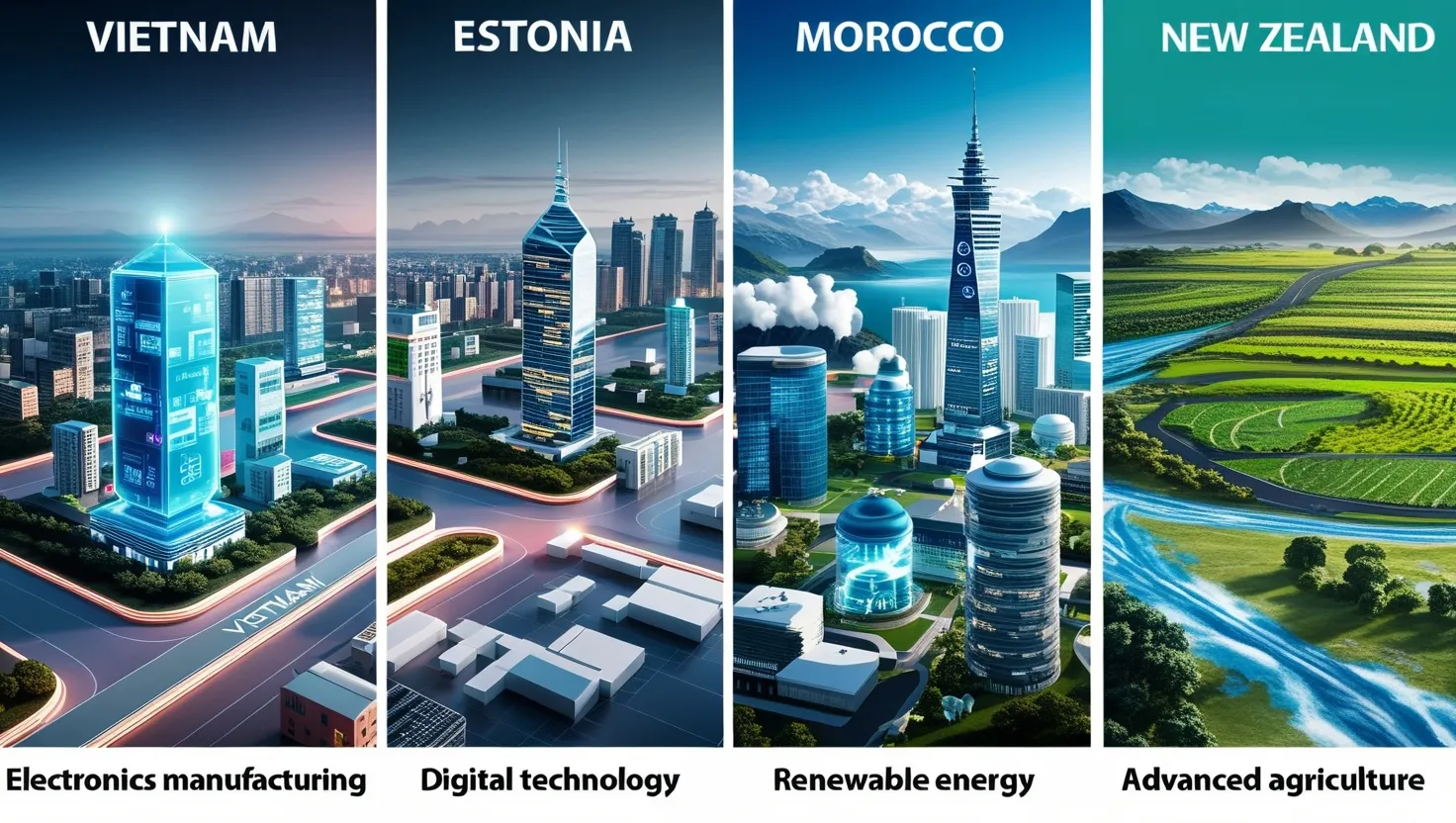As we look ahead to 2025, the payments landscape is undergoing a seismic shift. Four key market signals are emerging from consumer payment trends, each with far-reaching implications for retail, banking, and technology sectors. These signals not only reflect changing consumer preferences but also indicate broader economic shifts and levels of consumer confidence.
Digital wallets have become the new norm, with adoption rates and transaction volumes soaring. In major urban centers, it’s not uncommon to see people leaving their homes with just their smartphones, confident they can make all necessary purchases without physical cards or cash. This trend is particularly pronounced among younger generations, who view digital wallets as an extension of their digital identities.
The convenience factor is undeniable, but what’s truly driving this shift? It’s the seamless integration of loyalty programs, personalized offers, and the ability to track spending in real-time. As one fintech executive put it, “Digital wallets are no longer just about payments. They’re about creating a holistic financial ecosystem in the palm of your hand.”
This surge in digital wallet usage is reshaping the retail experience. Brick-and-mortar stores are adapting by offering mobile checkout options and integrating their own apps with popular digital wallet platforms. The banking sector, meanwhile, is racing to stay relevant. Traditional banks are partnering with fintech companies or developing their own digital wallet solutions to avoid being left behind.
But what about security concerns? Interestingly, consumer trust in digital wallets is growing. Advanced encryption methods and biometric authentication have allayed many fears. However, as digital wallets become more prevalent, they also become more attractive targets for cybercriminals. How will the industry stay one step ahead of potential threats?
Moving on to our second signal: buy-now-pay-later (BNPL) services are experiencing a surge in popularity, with usage patterns varying significantly across age groups. This trend is particularly fascinating as it reflects changing attitudes towards credit and debt.
Millennials and Gen Z are the primary drivers of BNPL adoption. For them, BNPL represents a more transparent and flexible alternative to traditional credit cards. They appreciate the ability to spread payments over time without accruing interest, provided they stick to the payment schedule.
“Why pay for something all at once when you can spread the cost over time without extra charges?” This sentiment, expressed by a 25-year-old BNPL user, encapsulates the appeal of these services.
However, the rise of BNPL is not without controversy. Critics argue that it encourages overspending and could lead to a debt crisis, particularly among younger consumers who may not fully understand the implications of missing payments. Regulators are taking notice, with some countries implementing stricter oversight of BNPL providers.
For retailers, BNPL has become a powerful tool for increasing average order values and reducing cart abandonment rates. Many are integrating BNPL options directly into their checkout processes, both online and in-store. This trend is forcing traditional credit card companies to rethink their offerings and consider partnerships with BNPL providers.
But what does the rise of BNPL mean for consumer financial health in the long term? Will it lead to more responsible spending habits or create a new form of debt trap? These are questions that economists and policymakers are grappling with as the trend continues to grow.
Our third signal comes from the world of contactless payments, which have seen exponential growth in traditional retail settings. The pandemic accelerated this trend, but it’s clear that the convenience of tap-and-go payments has created lasting changes in consumer behavior.
In many countries, contactless payments have become so ubiquitous that fumbling for cash or inserting a card chip feels almost archaic. This shift is not just about speed and convenience; it’s changing the very nature of the transaction experience. As one retail analyst noted, “Contactless payments are making the act of paying almost invisible, allowing retailers to focus on creating more engaging shopping experiences.”
The implications for the retail sector are profound. Stores are redesigning their checkout areas to accommodate this new reality, with some experimenting with completely cashier-less models. For small businesses, the widespread adoption of contactless payments has leveled the playing field, allowing them to offer the same seamless payment experience as larger competitors.
But what about those who prefer or rely on cash? As contactless payments become the norm, there’s a risk of financial exclusion for certain segments of the population. How can we ensure that the drive towards contactless doesn’t leave anyone behind?
Our final signal comes from the world of cross-border payments, where we’re seeing significant changes in flow patterns. Globalization and the rise of the digital economy have created a need for faster, cheaper, and more transparent international transactions.
Traditional remittance corridors are being disrupted by new players offering lower fees and faster transfer times. Cryptocurrencies and blockchain technology are playing an increasingly important role in this space, offering alternatives to traditional banking networks.
As one international business owner put it, “The ability to send and receive payments globally as easily as sending an email is revolutionizing how we do business.”
This trend is having a profound impact on global trade and e-commerce. Small businesses can now easily sell to customers around the world, and freelancers can work for clients in any country without worrying about complex and expensive international wire transfers.
For the banking sector, this represents both a challenge and an opportunity. Traditional banks risk losing a significant revenue stream if they can’t compete with newer, more agile fintech companies in the cross-border payments space. Many are responding by modernizing their systems and partnering with fintech firms to offer improved services.
But as cross-border payments become easier and more common, what are the implications for global financial stability and regulatory oversight? How can we balance the benefits of frictionless global transactions with the need to prevent money laundering and other financial crimes?
These four market signals - the rise of digital wallets, the growth of BNPL services, the dominance of contactless payments, and the changing landscape of cross-border transactions - paint a picture of a payments ecosystem in rapid evolution. They reflect not just changing consumer preferences, but broader shifts in how we think about money, credit, and financial services.
For businesses across all sectors, understanding and adapting to these trends will be crucial for success in the coming years. Those who can offer seamless, secure, and innovative payment solutions that align with these trends are likely to thrive.
As we look towards 2025 and beyond, it’s clear that the way we pay for goods and services will continue to evolve. The lines between different payment methods are blurring, and the concept of a “wallet” is becoming increasingly abstract.
What will the payments landscape look like in five or ten years? Will we see the emergence of entirely new payment paradigms, or will these current trends continue to dominate? Only time will tell, but one thing is certain: the world of payments will never be the same.






